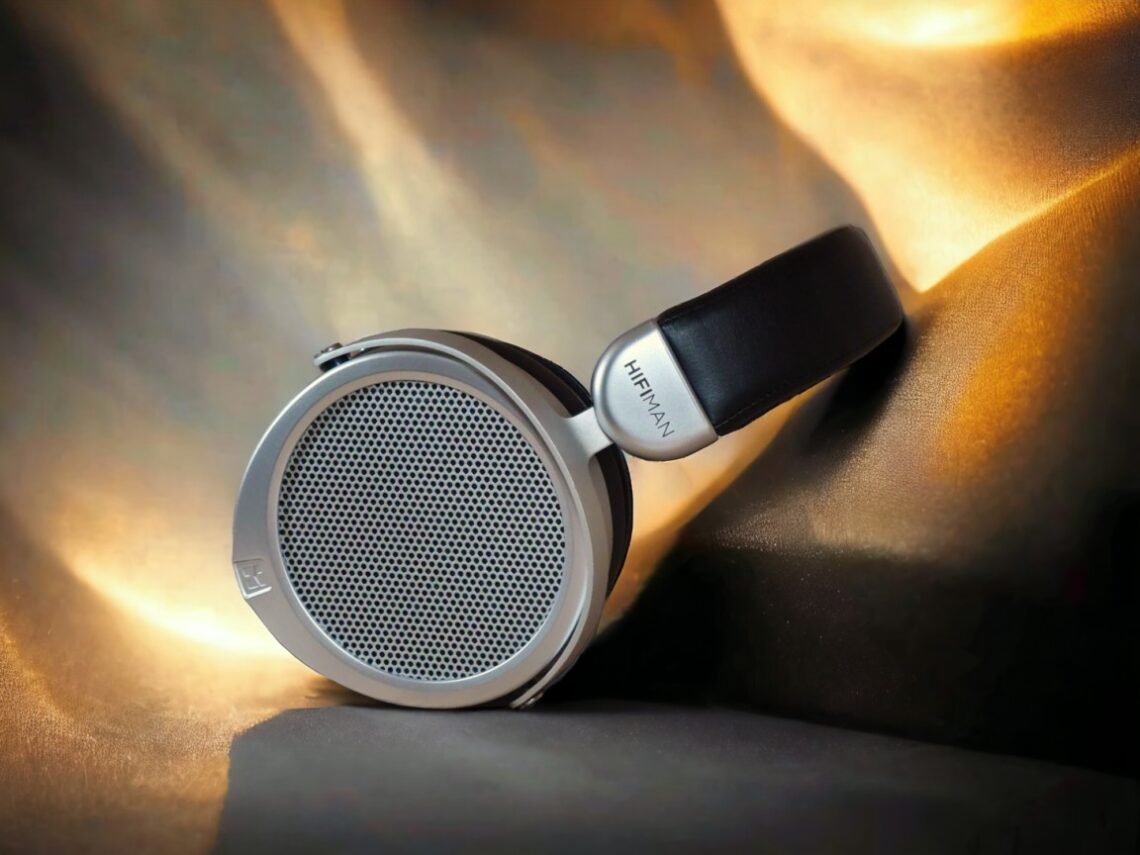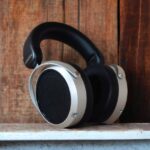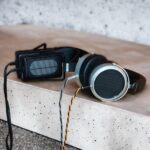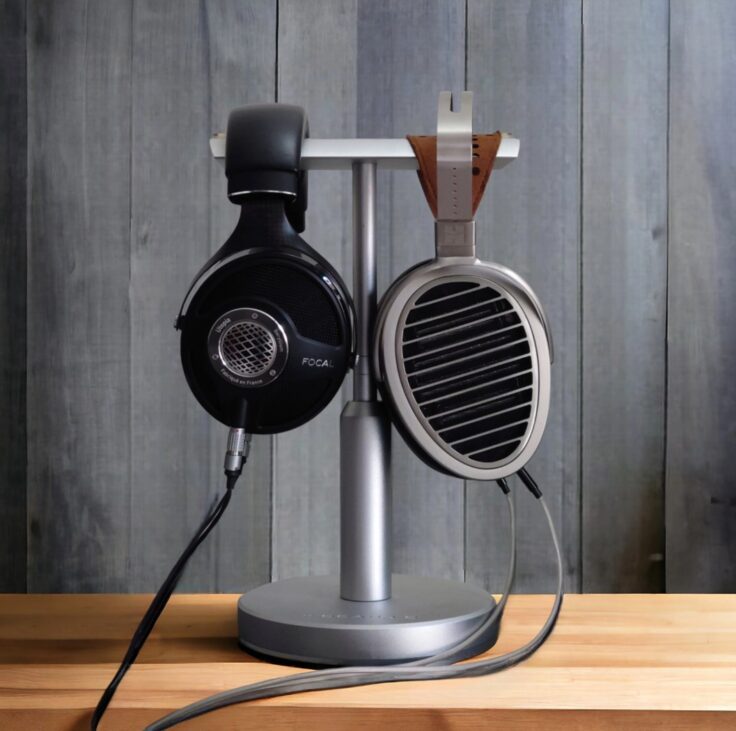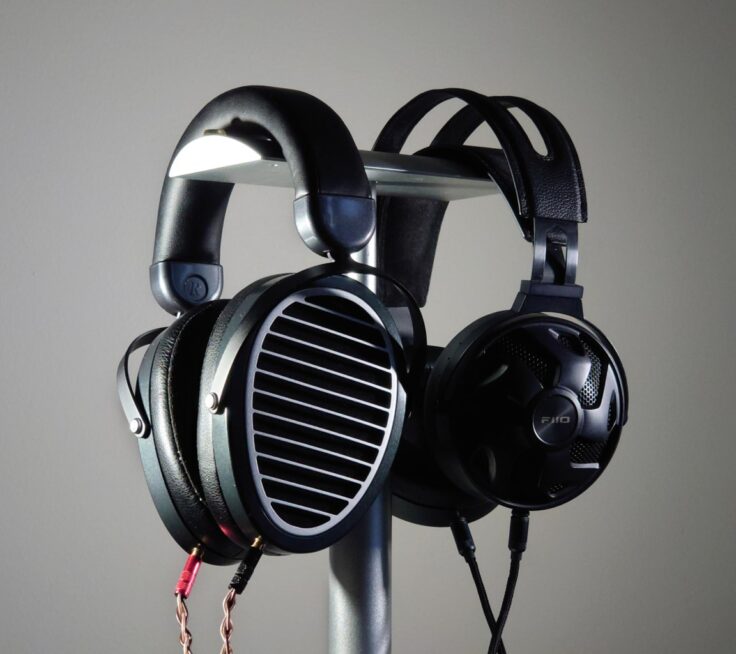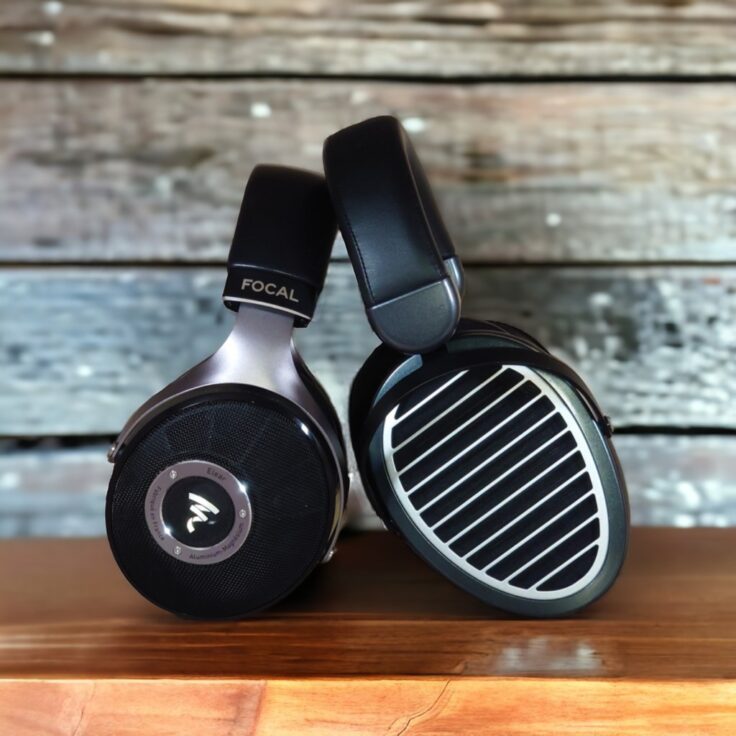The Deva PRO is the second version of the Hifiman Deva. The immediate difference is in the colour choice, the Pro being black and silver instead of silver and brown. As its predecessor, it can be used with the Bluemini Bluetooth adapter for wireless operation. In this article, however, we will review the wired operation only.
Hifiman is constantly growing and expanding and past of their success comes from the fact that they are pushing prices down. The Deva PRO is Hifiman’s second most affordable planar magnetic headphones, a step up from the HE400SE. Currently, the HE400SE costs 109 USD and the Deva PRO 159 USD for the wired version (299 with the Bluemini). Those are price levels that were unheard of just a few years back for quality planar magnetic headphones.
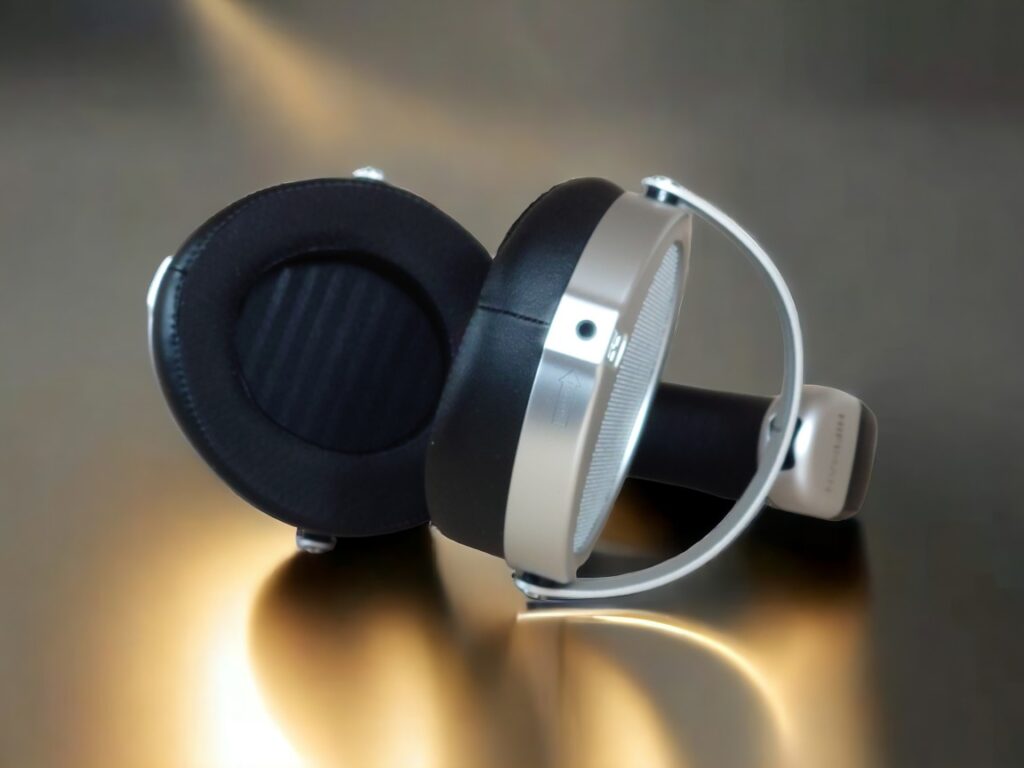
HIFIMAN DEVA PRO SPECIFICATIONS
- Driver Type: Planar Magnetic Driver with Stealth Magnet Design.
- Double-sided magnet driver construction
- Neo Super-Nano Diaphragm
- Frequency Response: 20-20kHz.
- Impedance: 18Ω
- Sensitivity: 93.5dB.
- Weight: 360g.
- Cable connector on headphones: Dual 3.5 mm or single-sided TRRS 3.5mm Balanced input socket (for Bluemini)
- Included cable 1.5 meter or 4.9 Feet; 3.5mm plug with 6.3 mm adapter
- Optional external Bluemini Bluetooth adapter (not tested).
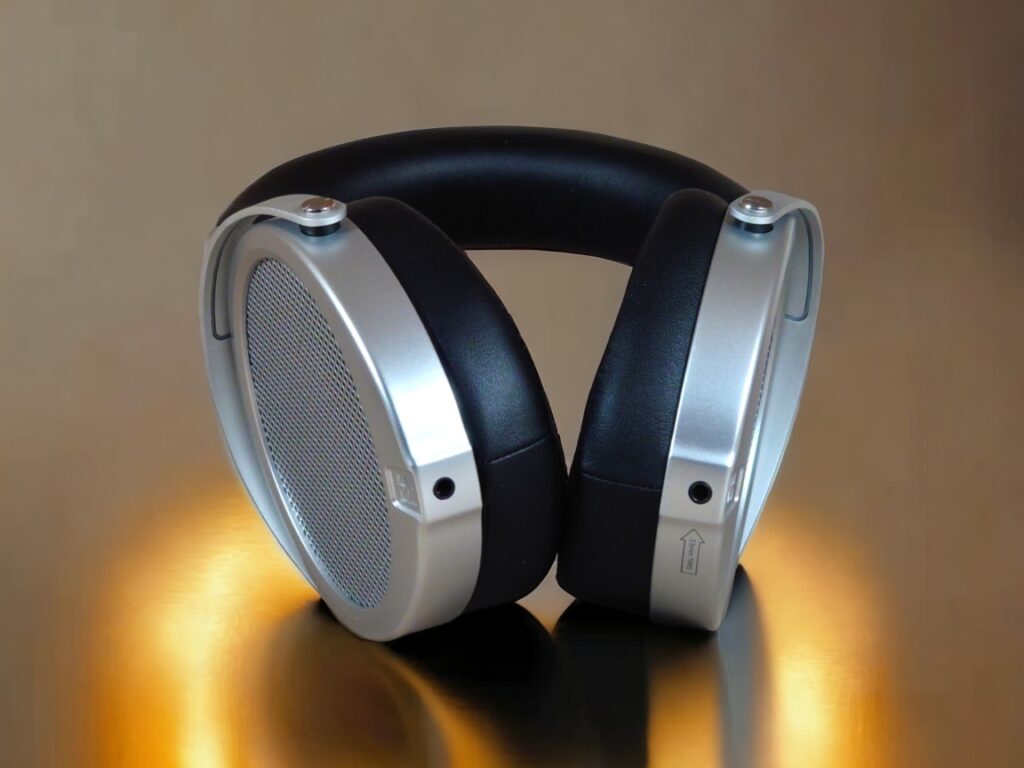
The Deva PRO wired version costs 159 USD at the time of writing and was sent to us by the company.
BUILD AND COMFORT
The Deva PRO is well-built and comfortable to wear. The yokes and grill are metal, the cups are plastic, and the headband is spring metal wrapped in padding and pleather. There’s good swivel action.
The pads are comfy with mesh facing the head, solid pleather on the inside and solid pleather on the outside. They are not the circular standard type like the HE400SE, Sundara and all older Hifimans. You cannot use any circular pads with an adapter ring. However, the pads are easily removable and replaceable. Using strong fingernails or a plastic tool, they easily come off and are very easy to click back on.
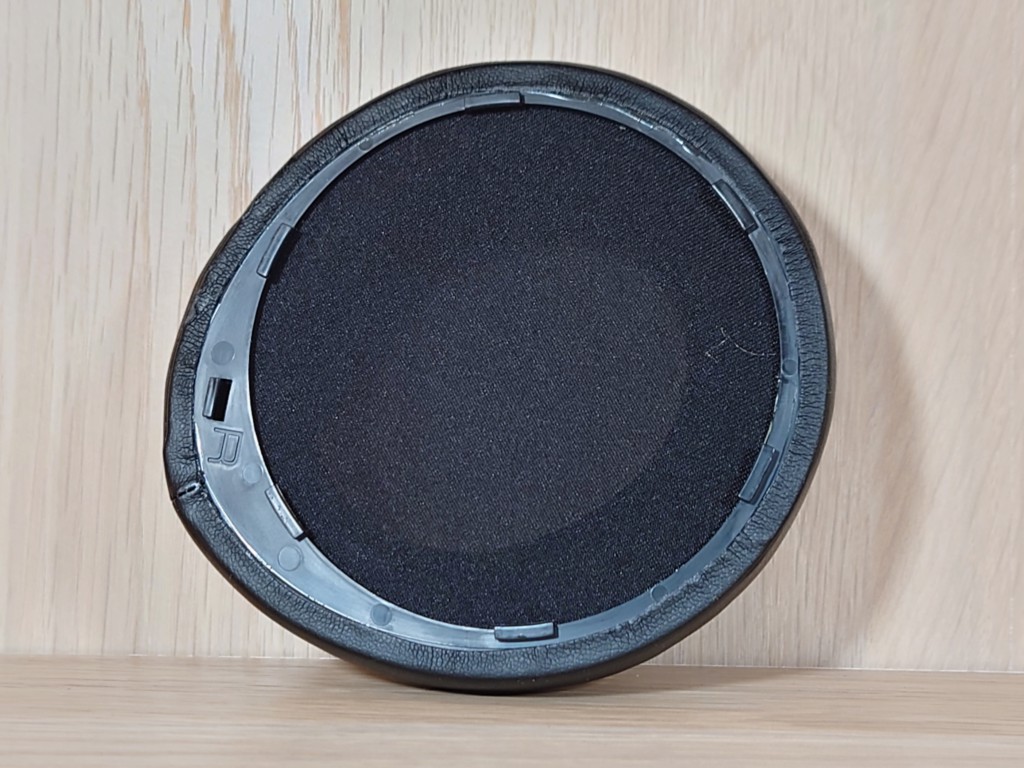
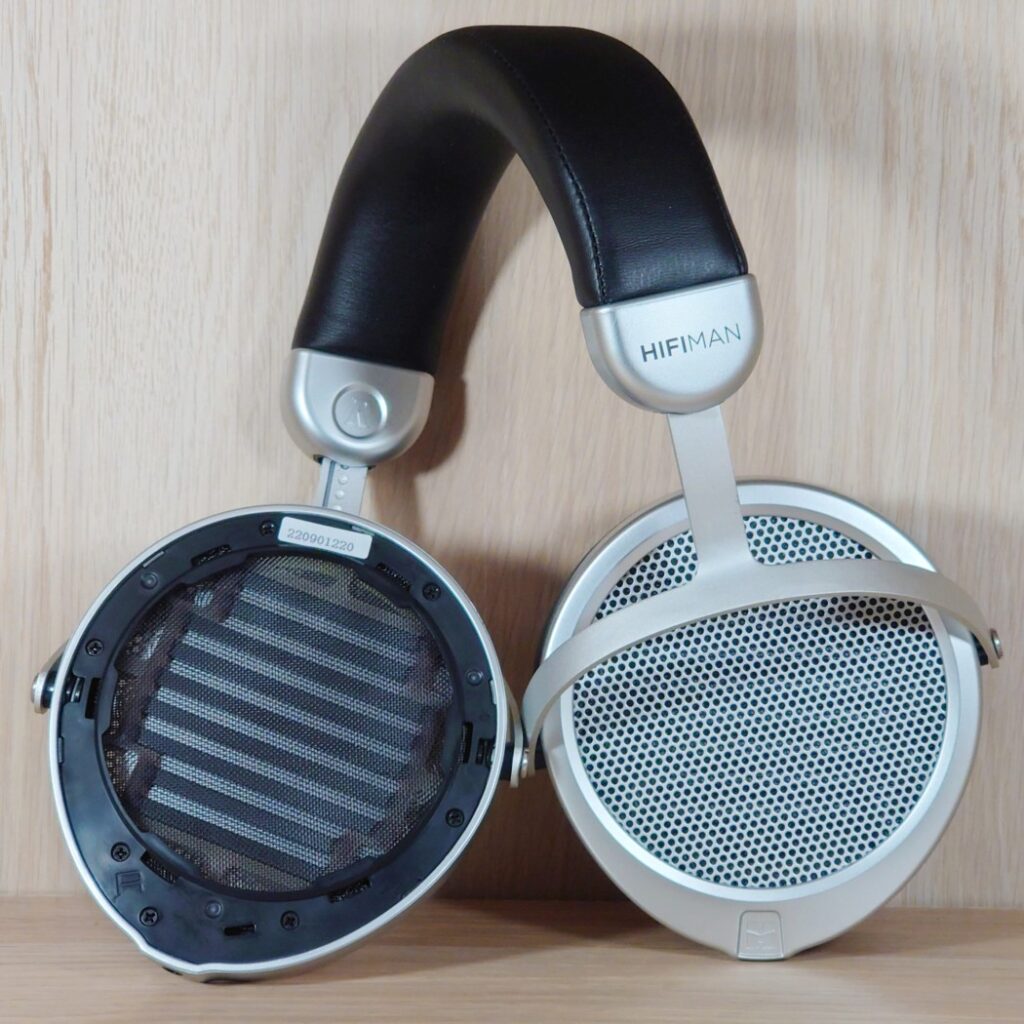
The grills are circular, and I’d wish they made them removable and replaceable from the outside like on the HE400SE and the older models. On the Deva, you have to unmount the driver to access it.
The Deva uses 3.5mm jack connectors for the cable. The left side doubles as a TRRS which works for single sided operation, necessary for use with the Bluemini adapter. A clever solution.
My only complaint is that the headband is a bit stiff. It’s not a problem for me, but if your head isn’t shaped so that the weight is not well distributed, it might be. Focal has similar headbands with softer padding.
In conclusion, these are well-built and solid-feeling headphones, especially regarding the price.
LISTENING IMPRESSIONS
Standalone listening impressions using the Sparkos Gemini hybrid tube amplifier and the RME ADI-2 DAC FS as a source.
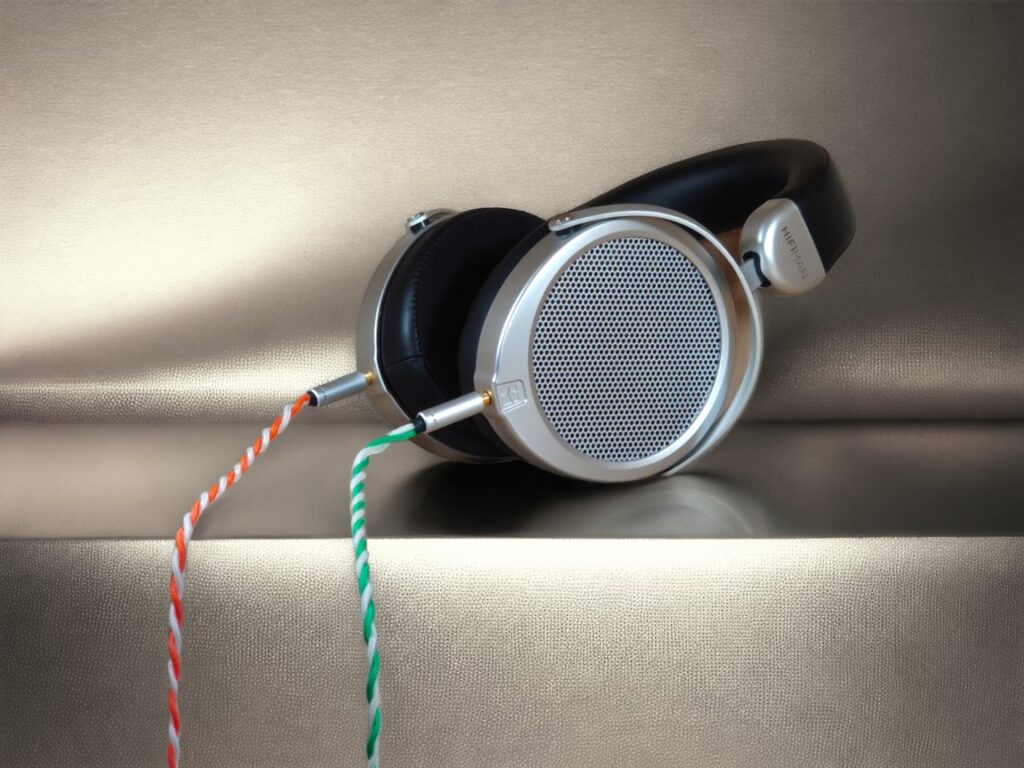
It Could Be Sweet by Portishead – Very open sound-stage. Delicate treble, vocals and percussion are really nice. The bass is a bit bloomy and on the loose side.
Janacek String Quartet no.1 by Emerson String Quartet – The strings sound very good. Well balanced, with texture and attack without getting sharp. Huge sense of space, you can hear the reverb from the room.
Khmer by Nils Petter Molvær – The midrange and treble-focused percussion elements are delicate and precise. The trumpet is deliciously rendered. The bass is full but a bit bloomier than I’d personally prefer. Good soundstage, instrument separation and imaging.
Las Cuatro Estaciones Porteñas … by Cappella Gabetta – Great presentation. The accordions / bandoneons, the strings and the bass; all are beautifully rendered and each instrument is easily followed.
Almost Like the Blues by Leonard Cohen – The bass is great, full-bodied but not too much. Cohen’s raspy voice is nicely rendered. The treble-intensive part of the percussion is refined and nicely done.
Lay it Down by Lee Ritenour – The bass is just right, and the treble is detailed and pleasant. The electric guitars playing in tandem are easy to distinguish from each other.
HEADPHONE COMPARISONS
HIFIMAN DEVA PRO VS HE400SE
I did a separate comparison review of these headphones, but here is the takeaway. I used the powerful Auralic Taurus for the comparison, but the differences remain with budget amps like the Schiit Magni Heretic and the Fiio K5 PRO ESS.
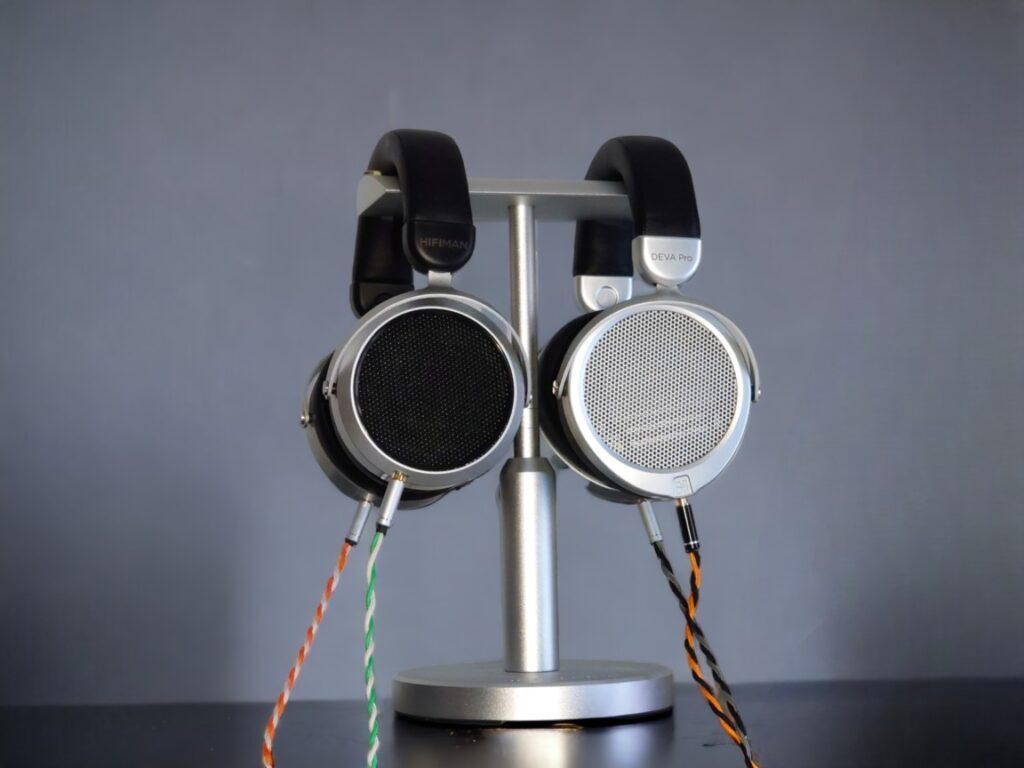
Build: These headphones are very similar. The headband is identical. The Deva PRO has slightly larger oval cups.
Treble: They both have rather good treble. The Deva PRO is however more refined and effortless. The HE400SE has more bite and body to the high notes. I find the HE400SE occasionally to be somewhat more upfront, not only in the treble but also in the high mids.
Midrange: Both have a present and detailed mid-range. The HE400SE does however have a bit more mid-range energy, more tonal weight and body. Vocals etc. are closer, more upfront and thicker sounding. Whether this is a pro or a con depends on the track.
Bass: Again, they are both good but they are different. The HE400SE seems to have a tighter bass, often with better definition and control. The Deva can sometimes sound a bit loose and bloomy in direct comparison. However, this is relatively marginal and never really an issue. Both have a deep and present bass response, worthy of real planar magnetic headphones.
Timbre: I cannot really decide which has the best timbre overall. The Deva PRO is the most natural sounding in the highs. The mids are more of a tie, it depends on the track. The bass I think is objectively the HE400SE’s strong point. If forced I think I find the HE400SE more natural overall, but the Deva has a great presentation so I’m not saying the HE400SE is the better headphone.
Soundstage: Both are fairly open-sounding headphones. The Deva PRO is however painting a wider, taller and deeper soundscape. It’s quite impressive. The HE400SE isn’t especially small, though, so they’re not miles apart but it’s significant.
Amplifier Requirements: The HE400SE is, unsurprisingly given by the specs, more demanding on the amplifier than the Deva PRO. It’s not a problem to drive the HE400SE with a desktop amp, but for portable setups, it might be something to bear in mind, it needs some extra juice compared to the Deva PRO. Further, as I’ve mentioned in my separate review, connecting the HE400SE to the speaker taps of a good stereo amplifier makes it become a complete beast. You must try it yourself to believe me. .
In conclusion, these are both great-value headphones. They have great planar magnetic bass, a well-balanced tuning and plenty of detail.
Our product links to Amazon: DEVA & HE400SE
HIFIMAN SUNDARA VS DEVA PRO
In its price class, the Sundara is a long-standing reference headphone, currently almost twice the price of the DEVA. It’s built differently with a strap headband and circular metal cups. The Deva PRO has more swivel action.
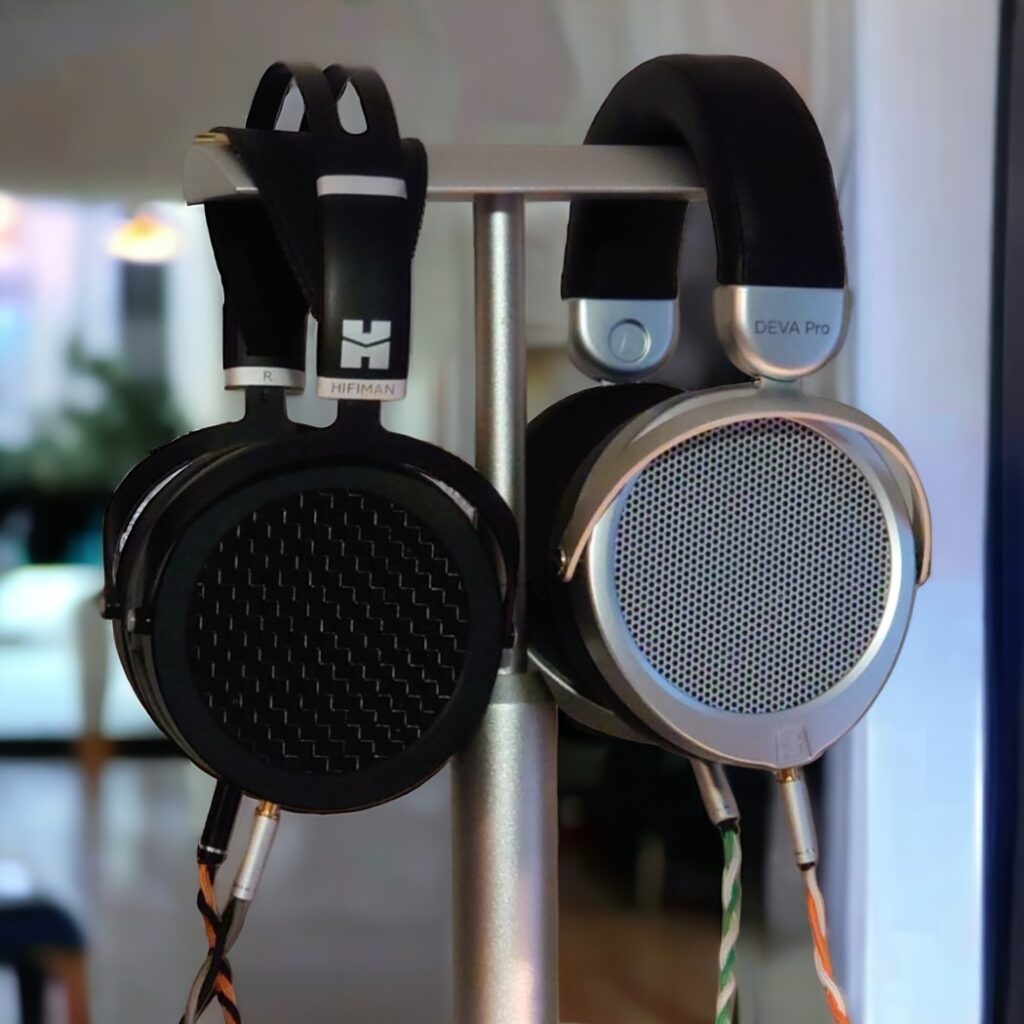
Here’s a track-by-track comparison:
Blood Beech by Kashmir – They are very similar. The Sundara has a tighter bass with less bloom and more detail. The Deva PRO is a bit more airy and might have better treble resolution.
Cadenza by Marcin Wasilewski Trio – The Deva is airier, there’s more space between the instruments. The treble feels better resolved. The Sundara has a more meaty presentation, warmer and more upfront.
Bored by Deftones – The Sundara sounds more massive, and the Deva PRO is a bit more distant sounding. Not much but they are not identical. I like the Sundara better here.
Fire Walker by Black Rebel Motorcycle Club – They are quite different here. The Deva PRO is more open, with a wider and deeper soundstage. The Sundara is more meaty, warmer, more intimate and fleshy. I like both.
Floratone by Floratone – Again, they are different. The Deva PRO has a huge sound stage but feels a bit thin. The Sundara is very intimate but everything is well balanced and coherent – albeit lacking the huge soundstage of the Deva PRO.
Angel by Massive Attack – The Sundara is thicker, with better bass and a more enveloping presentation. The Deva PRO is more distant, the listening room is bigger but also less immediate, intimate and enveloping.
Soundstage, Dynamics and Timbre: The Deva PRO has hands down the biggest and deepest soundstage along with better imaging. When it comes to macro dynamics, the Sundara (if given enough power) is king. The timbre is more natural sounding with the Sundara.
Treble: The Deva PRO has a formidable treble. It’s light and resolved. I think it’s better than the Sundara, although the Sundara might have more treble weight. Neither is especially bright.
Mid-range: Both have a present and detailed mid-range. The Sundara does however have more mid-range energy, more tonal weight and body. Vocals etc. are closer, more upfront and warmer sounding.
Bass: This is the Sundaras realm. The Deva PRO has good bass, but the Sundaras has a tighter bass with better definition and texture. It also goes deeper, or rather rolls off later. The Deva can sometimes sound a bit elevated, loose and bloomy in direct comparison. That being said, both have a deep and present bass response, worthy of real planar magnetic headphones. The Sundara is just even better.
Amplification: The Sundara needs more power. It also gets better with more power. I’ve tried it from the speaker taps of some nice speaker amps and it’s gorgeous – this comparison would be much more in favor of the Sundara if I have it my favourite speaker amp. The Deva PRO doesn’t scale like that, but it is easier to drive with modest or portable setups.
In conclusion, the Sundara is like a better version of the HE400SE. The Deva PRO is a bit different. It excels in treble and soundstage, the Sundara in general timbre and bass. If I have a powerful amp, I prefer the Sundara, but there’s a lot to like about the Deva.
Our product links to Amazon: DEVA & SUNDARA
PHILIPS FIDELIO X3 VS DEVA PRO
The Fidelio X3 is Philips’s third version of their X-series of “stay at home” hi-fi headphones. It was preceded by the X1HR and X2HR. It’s a well-built and comfortable headphone with a detachable 3m Y split cable.
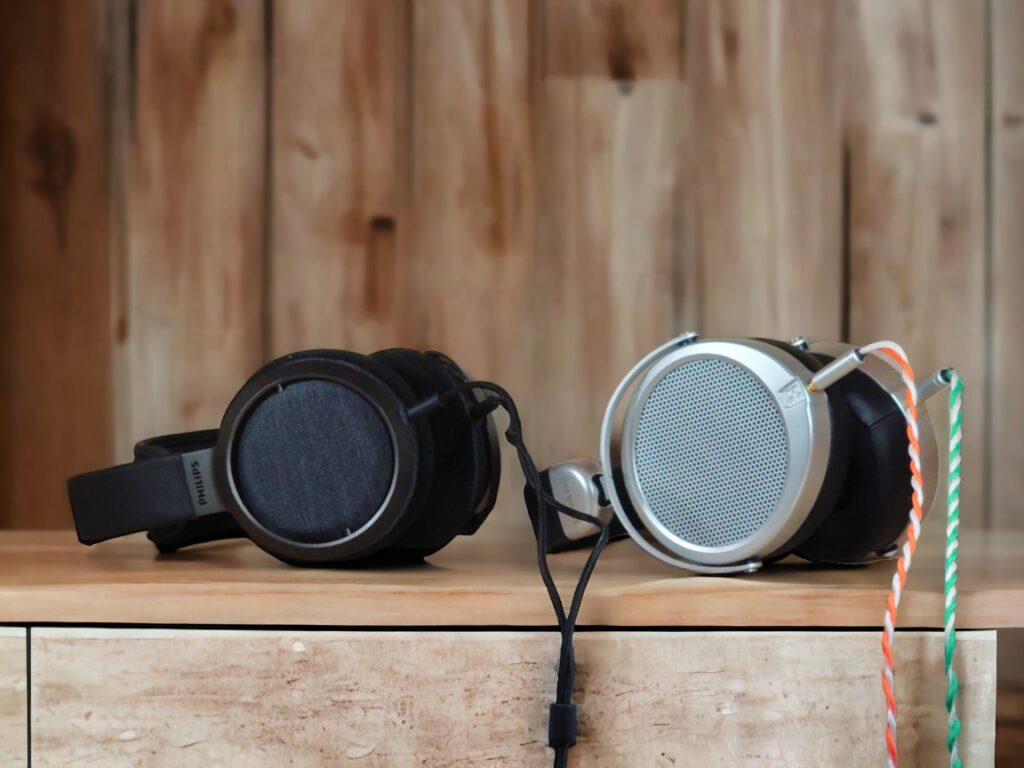
As Before by Olga Konkova – The X3 is very spacious and dynamic sounding. The mid-range is a bit dry but quite detailed. The Deva PRO offers a fuller-sounding mid-range, a bit mellow and more intimate. The Cajôn has more thump with the Deva PRO.
Azelujos by Populous – The X3 feels clearer, cleaner and crisper. The Deva PRO is more organic, musical and natural sounding to me. The bass is good on both.
Be Good to Me Poly by Youandewan – The Deva PRO is warmer sounding with more bass presence. The X3 is a bit more spacious.
All For Us by Labyrinth – The X3 has good bass and a wide presentation. The Deva PRO has more bass and sounds more organic across the board, especially in the vocals. I find the treble of the X3 a bit bright and sharp.
Winter 1 – Vivaldi 4 Seasons by The Norwegian Chamber Orchestra – Both sound great, but the X3 has more detail, more texture, and the strings are more energetic. It also has more air and better separation.
Cold, Cold Heart by Norah Jones – The X3 is very dynamic and spacious, with lots of attack and tactility. The Deva PRO is more organic, the presentation is more liquid with a sense of flow.
In conclusion, there are distinct differences between these headphones. The X3 has a bigger soundstage, better dynamics, more obvious detail and texture. However, it can become a bit bright and dry sounding. The Deva is rather different. It is still quite spacious, but has a more organic feeling to it. The presentation of fine detail is a bit less dynamic, or might I say “aggressive”. There’s a nice sense of flow and ease to the Deva PRO. The bass also often sounds fuller and meatier.
Our product links to Amazon: DEVA & FIDELIO X3
SENNHEISER HD560S VS DEVA PRO
The Sennheiser HD560S is Sennheiser’s budget version of the legendary HD6** series. It’s all plastic. It’s lighter and more compact than the Deva PRO with higher clamping force. It’s got a single detachable cable, one side only.
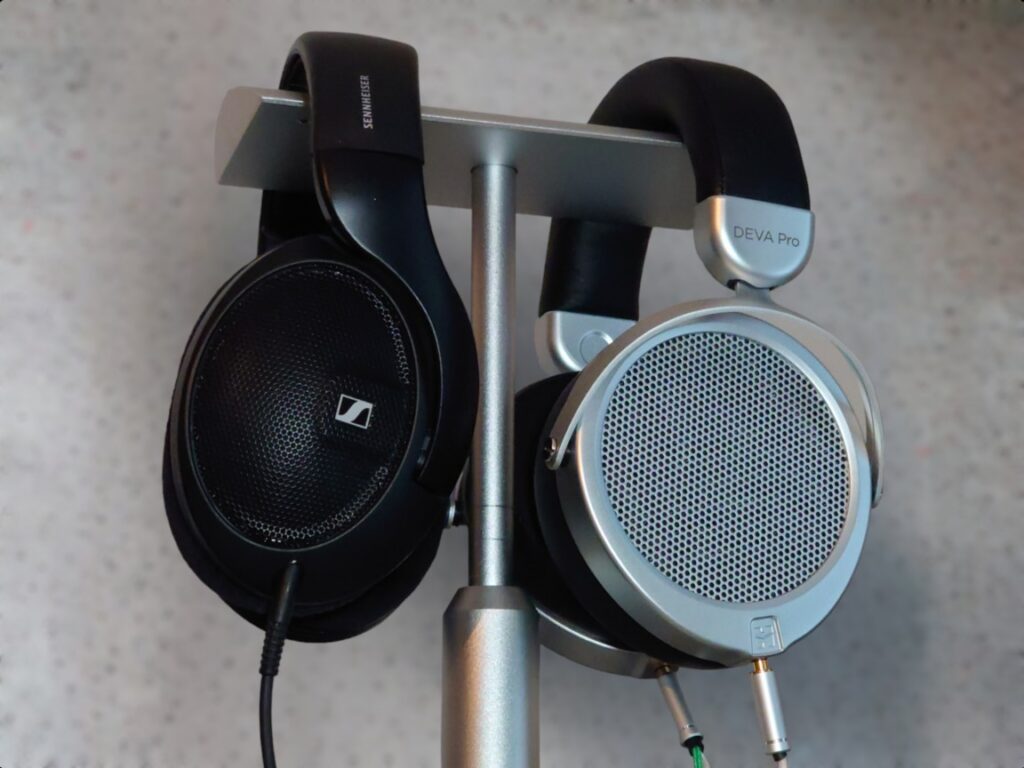
En Casa Del Herrero by Tomatito – The Deva PRO is fast and organic sounding with good definition and imaging. The HD560S is close, but not as organic, it’s a bit drier sounding and less dynamic and detailed.
Almost Like the Blues by Leonard Cohen – The bass is powerful, and with the Deva PRO, the soundstage is large. Imaging is good. Leonard Cohen’s voice is warm and raspy. With the HD560S, Cohen’s voice gets even raspier, but the soundstage gets smaller, the bass less full-bodied.
Angel by Massive Attack – The HD560S sounds good with nice punchy, thumpy bass. The Deva PRO, however, sounds better in every regard. Better bass, wider soundstage, more detail.
Electrified by Boris Blank – Sounds really nice on the HD560S. Dynamic, spacious and snappy. It does, however, sound even better with the Deva PRO. Bigger soundstage, more air between instruments, better detail and layering.
Carretera by David Brito / Julie Fahrer – The electric guitar sounds great with the HD560S, and the female vocals too. Moving over to the Deva PRO, the sound-stage immediately gets a lot bigger, there’s more detail and better imaging. The presentation is more organic and liquid. The vocals are a bit less pronounced and more relaxed.
CPE Haydn Cello Concerto in A minor WQ 170 II Andante by Ensemble Resonanz – Here, I finally think the HD560S shines. The mid-range is its strong point, it is after all a Sennheiser, and it has really nice timbre, texture and tonality with this string piece. The Deva PRO is also good, but this time I prefer the HD560S.
In conclusion, however, the overall preference is clear. The Deva PRO has a bigger soundstage and better imaging. There’s a more organic and liquid treble. The mid-range is more detailed and upfront with the HD560S, though, but not necessarily more musical. The bass has a good amount of thump with the Sennheiser, but the Deva has more detail and bass quantity. The HD560S is a great headphone, but I like the Deva PRO even more. However, the HD560S is much smaller and lighter, so that’s a pro for some.
Our product links to Amazon: DEVA PRO & HD560S
AKG K702 VS DEVA PRO
The K702 (which is a blue K701 with a detachable cable) is a long-standing reference headphone, loved by professionals and audiophiles alike.
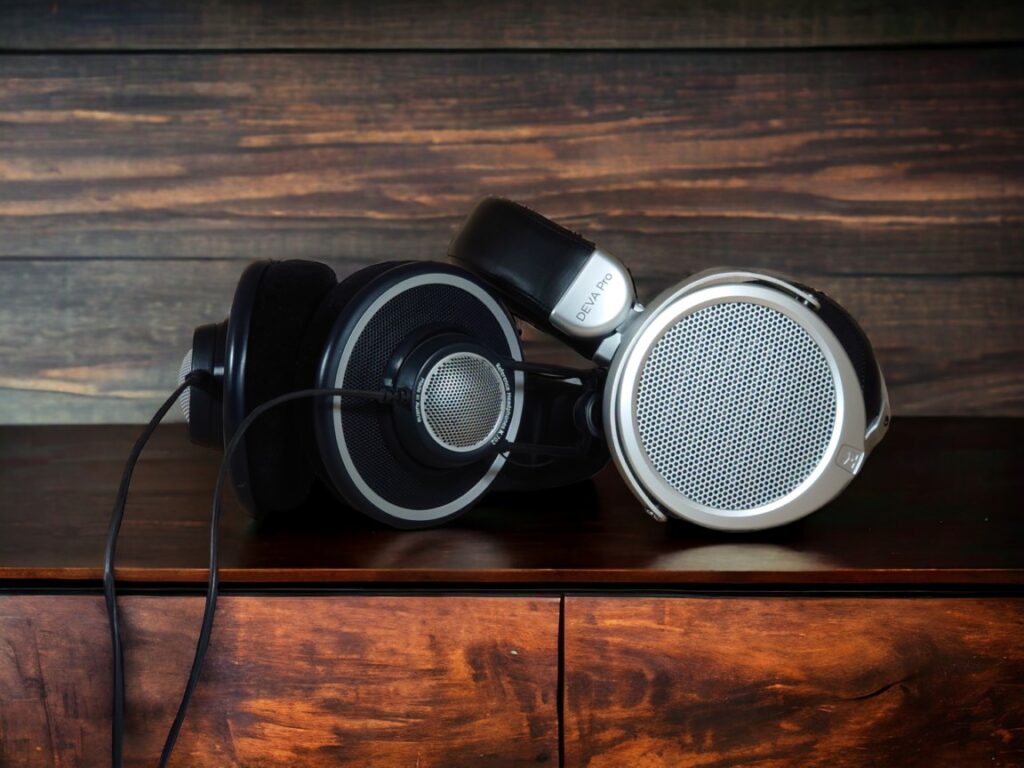
Daddy Lessons by Beyonce – These headphones are very different. The K702 is very mids and treble-centric. The vocals are crisp and clear. The soundstage is very open. The bass is there, it is even, but not very powerful. The treble is crisp.
The Deva PRO, on the other hand, has plenty of bass presence, a much more organic and fluid mid-range and sweeter highs.
Almost Like the Blues by Leonard Cohen – The K702 is very mid-centric. The focus is definitely on Cohen’s voice. It’s very dynamic sounding. The bass is very polite but present. The Deva PRO sounds very different. Cohen’s voice is much deeper sounding and also more organic. The treble is sweeter and the bass is more powerful.
Down by Stone Temple Pilots – This works very well with the Deva PRO, it’s got enough low-end grunt, the fuzz guitars are nicely layered, the vocals are good, and the treble is not harsh. The K702, on the other hand, doesn’t sound very good here. Bright and harsh.
As Before by Olga Konkova – The K702 is very dynamic and snappy, the Deva PRO has more fine detail, more bass, and a more effortless presentation. The K702 presents the vocals in a more textured way, the Deva PRO is more fluid.
Wrapping it up, they both have a wide open soundstage, the K702 might be even more open, but the Deva PRO offers a better sense of depth, separation and imaging. There is no contest in terms of bass quantity and quality, the Deva PRO is way better.
The midrange is where the K702 is strong. It’s very textured and upfront, and the Deva PRO is more laid-back and organic.
For enjoying music, I prefer the Deva PRO, but professionals mixing voices might find it easier to work with the K702. Both have good treble. It’s more upfront and dynamic with the K702, and more refined and effortless with the Deva PRO. With regards to overall timbre, I find the Deva more natural and organic sounding.
Both benefit from a good amp, but the K702 is more dependent on raw power to sound close to its best.
AMPLIFICATION
I tried out a range of desktop headphone amplifiers in all price classes and of “all” types: Schiit Magni Heretic, Fiio K5 PRO ESS, Topping A90, RME ADI-2 DAC FS, Sparkos Labs Gemini hybrid tube amp, Mytek Liberty THX Amp, Woo WA22 tube amp.
The Deva PRO sounds totally fine directly from my brand new Poco F5’s headphone jack, and even better with the THX ONYX dongle. The Schiit Magni Heretic is another major step up, but from there the curve starts to get flatter.
Even though there are differences and the more expensive amps do sound a little better, the differences are rather small.
This is in strong contrast to the HE400SE. When I tried the same amplifiers, there were huge differences. The HE400SE scaled extremely well with quality power. Even powering it from the speaker taps of quality stereo amps was making a very significant positive impact on the sound. With the Deva PRO, however, this wasn’t the case at all.
WRAPPING IT UP
Sound signature and timbre – The Deva PRO is slightly warm sounding, with gentle highs, a rich bass and present mids. I find the general timbre to be very good. There’s an organic feeling to the presentation. The treble is well-defined, well-balanced, with good detail and never harsh. The mid-range is very nice, a bit lush but with nice detail and presence. The bass is rich and warm. Sometimes it could have been tighter, but mostly it’s great.
Soundstage and imaging – The Deva PRO has a large soundstage: Wide, tall and deep. The imaging is also good, instruments have nice separation and are positioned in space.
Dynamics and detail – The Deva PRO has good dynamics and good microdynamics and fine detail. It’s not the most dynamic headphone I’ve ever heard, but it certainly isn’t the least. I find it nice and punchy.
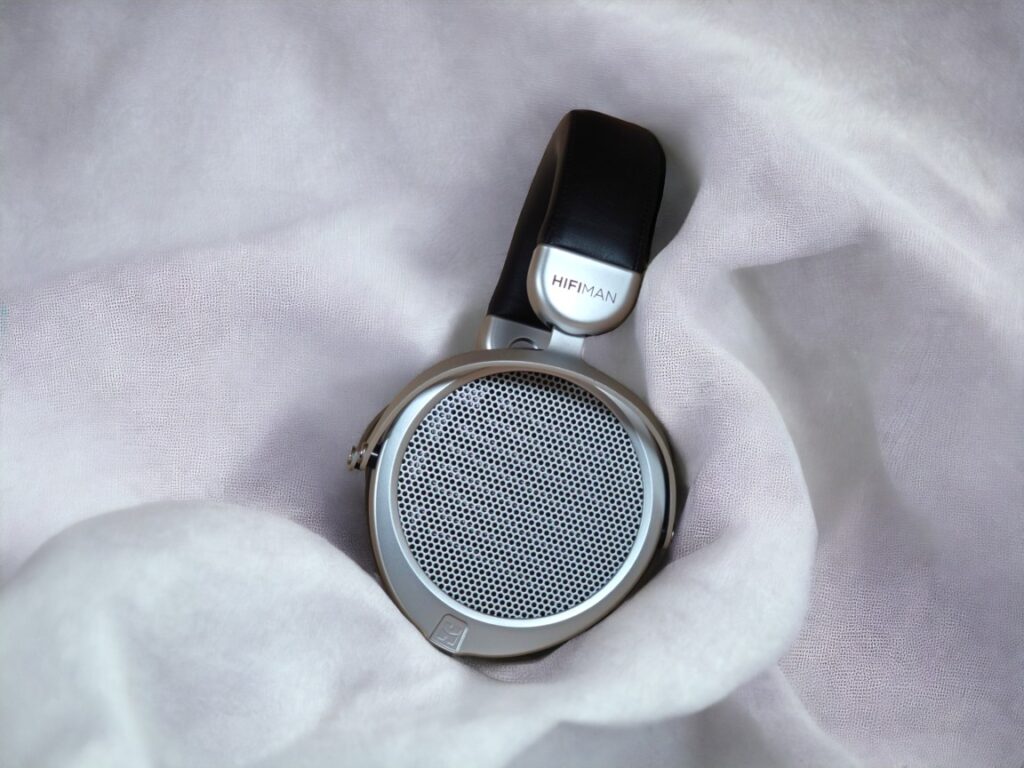
CONCLUSION
The Hifiman Deva PRO is an exceptionally good sounding headphone for the money. It’s well built and sounds great. The Deva PRO works fine with modest amplifiers. The sound-stage is large, the tuning is great and the bass is very satisfying. Highly recommended!
You can check out the HIFIMAN DEVA PRO on Amazon here.
Other products mentioned in this article – Amazon or product links: HE400SE , DEVA PRO WIRELESS , SUNDARA , HD560S , FIDELIO X3 , AKG K702 , Schiit Magni Heretic , Fiio K5 PRO ESS , Topping A90 , Sparkos Labs Gemini.
We make earnings through affiliate links and any purchase you make on Amazon or Linsoul clicking one of our links will give us a small provision at no cost to you.
We only get a provision for items that are not returned, so there’s no incentive for us to recommend something that’s not good.
Linsoul : Headphones, Earbuds, Wireless Earbuds, Desktop DAC/AMP, Portable DAC/AMP, Digital Audio Players,
Amazon: Headphones, IEMs, Headphone Amplifiers, Home Audio or Anything else.
.
If you enjoyed this article or other content on The Headphoneer, you might consider leaving a small donation to keep this website up and running. No donation is too small. Thanks for supporting us!
If you like our work please follow us on Instagram, Facebook and Twitter , it will help us grow. Sharing is caring 🙂
.
.


